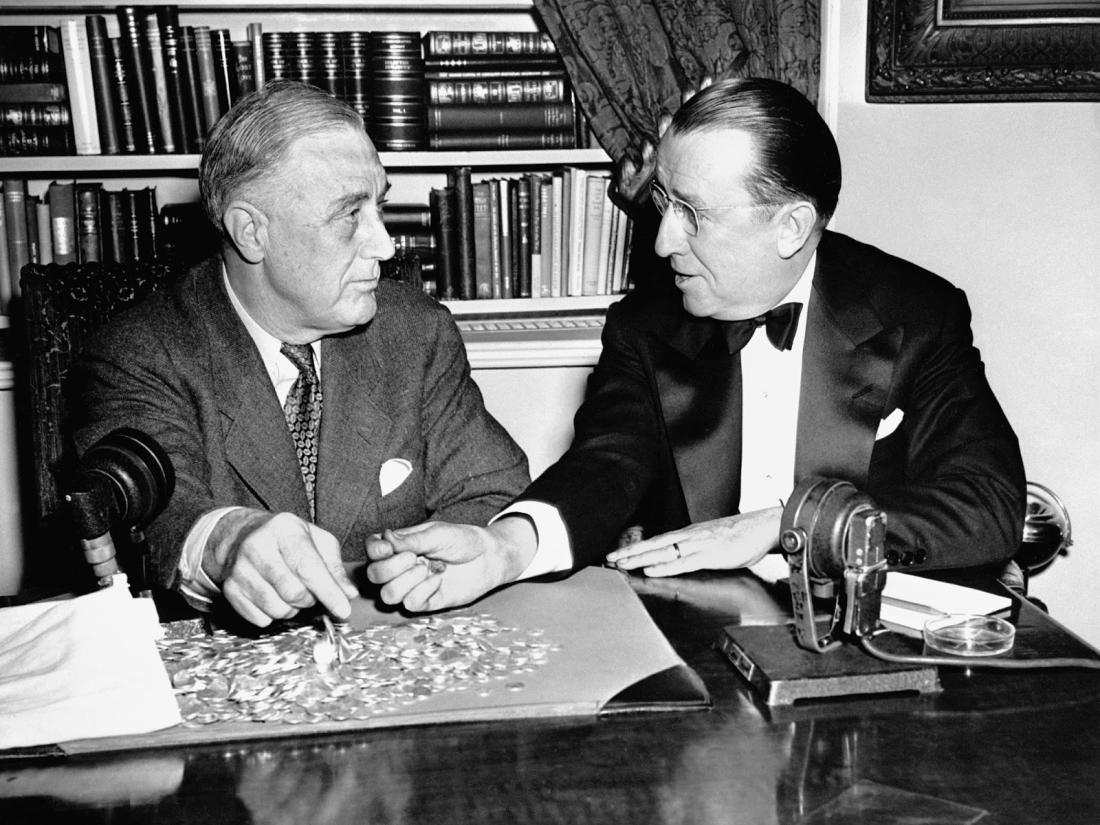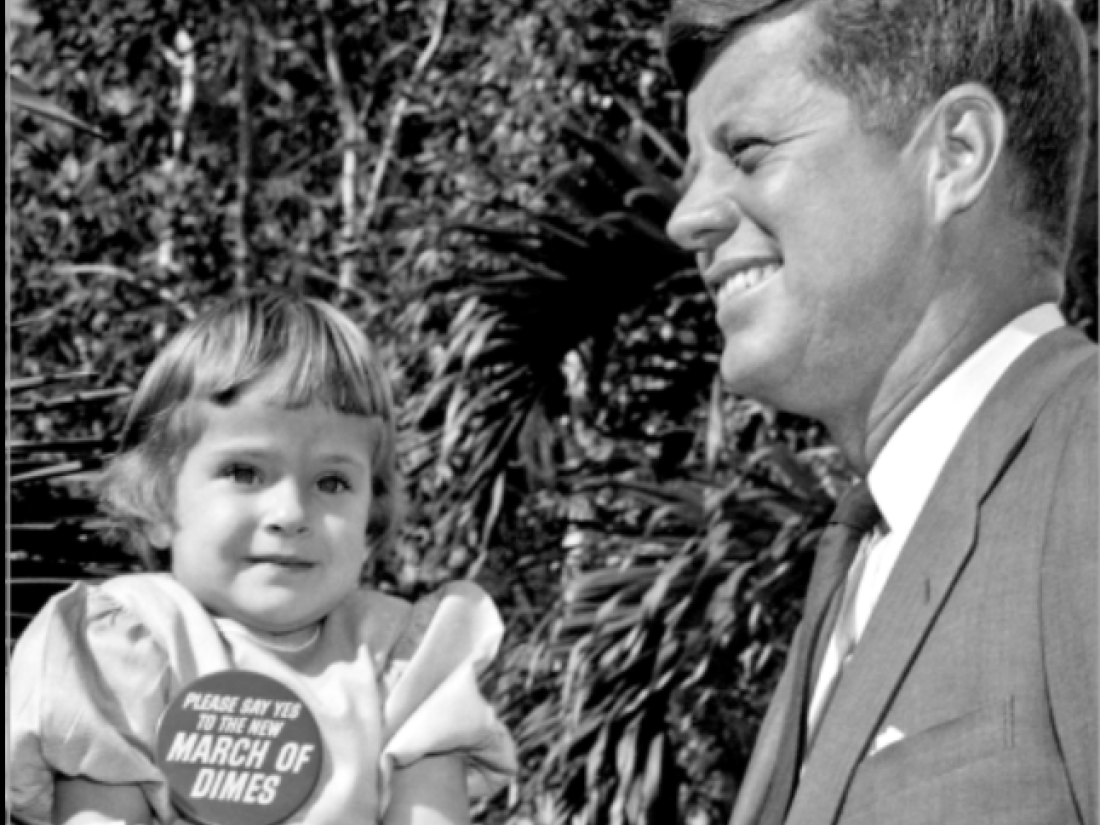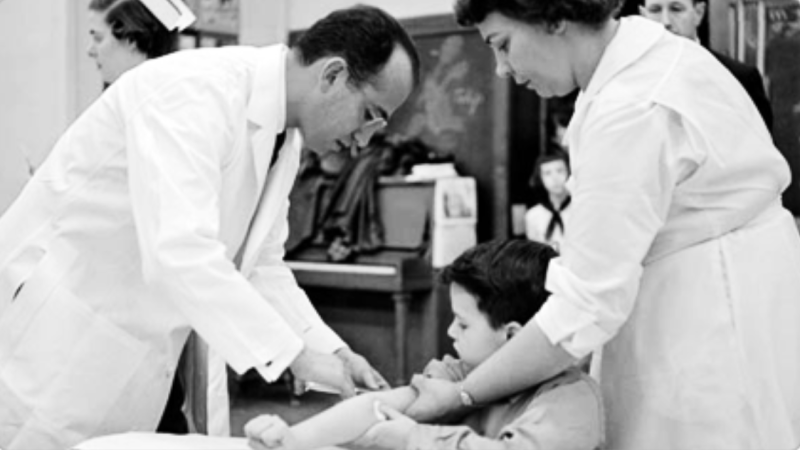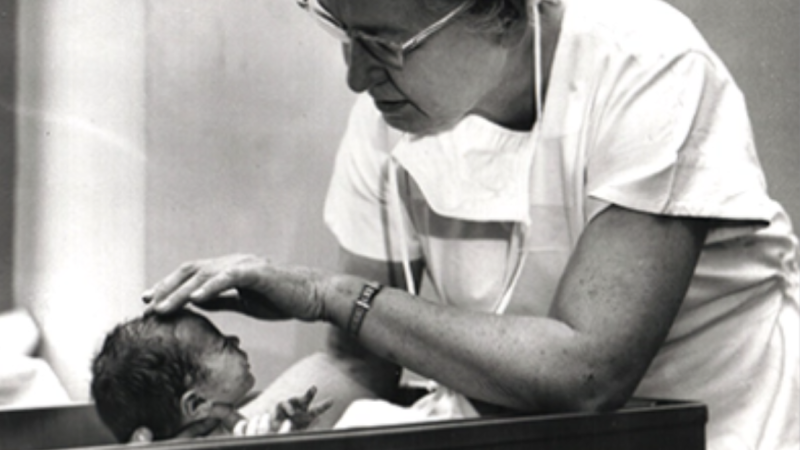
The March of Dimes legacy begins
What began in 1938 with President Franklin D. Roosevelt's personal struggle with polio led to the creation of the National Foundation for Infantile Paralysis, better known as March of Dimes. We pioneered the vaccine research leading to the eradication of polio in the U.S., then shifted focus to address the biggest health threats to moms and babies with innovations like folic acid, newborn screening and surfactant therapy. Today, we serve as a convener to unite the nation and improve maternal and infant health in the U.S.

A history of the people that changed maternal health care
Our story is one that’s rooted in deep history and the human drive to help those in great need. Take a look at this virtual tour that visually demonstrates the emotion, dedication and accomplishments of our many diverse stakeholders over the years. These dedicated groups and individuals have made a profound impact on the health of our nation’s moms and babies, as well as helped March of Dimes evolve over decades.
The origin of our name
Our name creation demonstrates how if a public need is given a voice, it can change history. Learn how the March of Dimes name was created and became a household name that's symbolic for the health of moms and babies.
We’ve come a long way since our early battle to beat polio
The people and medical achievements that changed maternal and infant health care has evolved into a leading organization fighting for the health of moms, babies and families. The visionary medical professionals that forged our path will forever be acknowledged with gratitude as their groundbreaking accomplishments had a vital effect on the evolution of March of Dimes and the field of maternal health.


